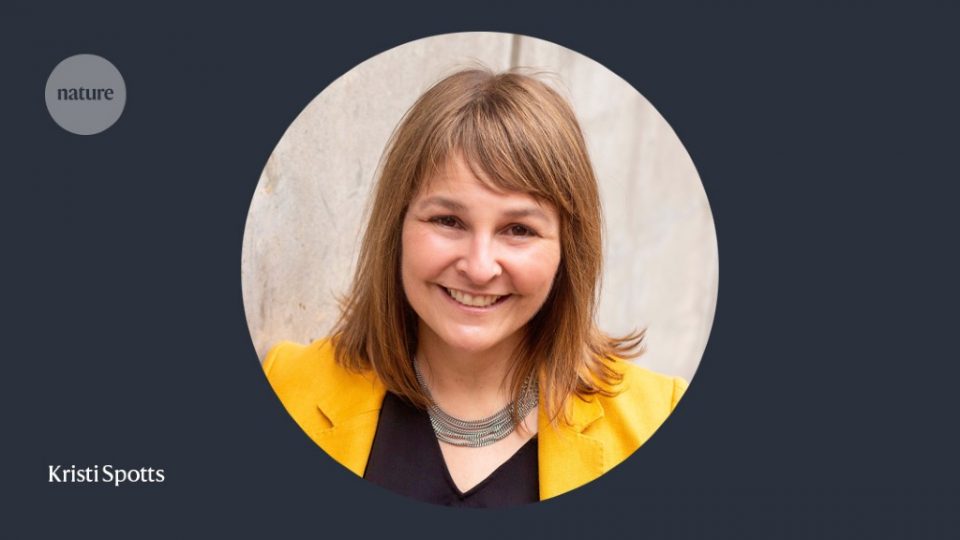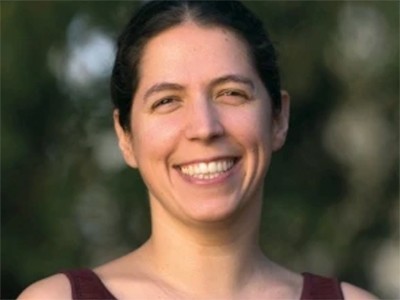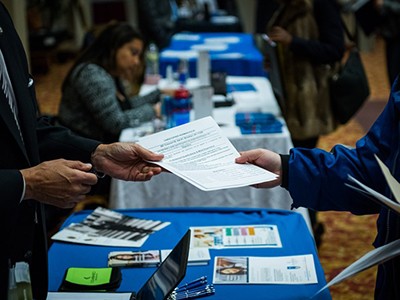Too many countries have built a research pipeline that venerates prizes and papers above all else. People and their problems get left out as scientists chase novelty and the prestige it brings. For many years, I was complicit. I oversaw basic research programmes across the US Department of Defense, determined to make sure that the United States led in science. Eventually, I realized it was equally important that research programmes lead towards tangible benefits: better national security, regional floodplain management, or a product or practice that results in better, safer lives.
Too often, in my experience, the more applied a proposal is, the less likely it is to be funded. Once a researcher finishes a project and publishes the paper, they simply go on to the next proposal — the next big, new idea, constantly chasing novelty, the bleeding edge of science. What a waste.
Even research funds intended for applied work reward novelty over utility. The first criterion of the US National Science Foundation’s Small Business Innovation Research awards is ‘intellectual merit’. Who funds implementation?
It is convenient to think that the market will step in, but it is hard to make money on some of our most pressing issues: mental health, education, conservation. If there is no obvious route to profit, people and their problems are left behind. Academia needs to clear a path towards practical solutions, and to make it enticing to researchers.
Our obsession with eminence warps research
Consider Josh Lawler, an ecologist at the University of Washington in Seattle. A state office devoted to nonpartisan analysis contacted him in 2016, asking how to gauge whether it made sense to purchase land for conservation if there were already regulations in place to, for example, prevent construction or logging. Lawler laid out study designs, but was nonplussed when the office asked whether his laboratory could run the analyses. He did so, but it wasn’t clear whether they could be credited as scholarly output. The more complex analyses he was drawn to could not be completed in time for crucial decisions to be made; he had to prioritize decision makers’ needs over his curiosity. Producing real-world advice took courage and improvisation, and was a risk to his career. He’s now a tenured professor, but the academic system still discourages practical work.
Groups such as the non-profit organization Engineers and Scientists Acting Locally, based in Hayward, California, help researchers to get involved in local issues. There’s also Beyond the Academy, an international network of sustainability researchers devoted to getting universities to support interdisciplinary research with real-world impact. That is laudable. But why are such efforts regarded by academic employers as volunteer work — not part of a scientist’s job?
If funders truly cared about broader impact, it would be tracked, measured and used in reward systems. (The United Kingdom’s Research Excellence Framework, the five-year cycle for assessing universities, does a nice job of collecting ‘impact stories’, but it is an exception, and other approaches are needed.)
Long-term support for science might depend on scientists helping to solve local problems, such as the regional flooding, fires and droughts caused by climate change. People feel as if they’re being lied to if academia leaves work on these issues to local and county governments, or even simply insurance companies and farmers. No wonder many US states are seeing dwindling support for university funding.
Why I wrote an impact CV
I am not saying that there is no place for curiosity-driven science — I spent 15 years as a federal science funder and 3 years as senior programme officer at the MacArthur Foundation, based in Chicago, Illinois, whose ‘genius grants’ recognize the world’s most innovative thinkers. But the assumption that basic research somehow automatically progresses from a discovery to an application for solving human problems is simply wrong.
Entrepreneurs often talk about the ‘valley of death’: the difficulty of getting grants or venture capital to turn a research advance into a profit-making application to, say, bring a new solar-cell material with the potential for extremely high efficiency from the lab to the market. It’s even worse when there’s no profit to be made: safer roads, more-reliable water supplies and more-resilient communities are not, unfortunately, consumer products. Nor do they produce publications or prizes, the coin of the academic realm. The result? Discoveries without impact. I cannot think of any broad federal mechanisms that transform non-monetizable insights into pragmatic solutions.
So what’s to be done? Metrics must expand to recognize making real-world change. And because applications and implementations are diverse, the metrics must be, too. Every research-funding proposal that touts broader impacts should include key performance indicators for measuring that. At a minimum, impact statements on federally funded grants should be searchable so that the communities trying to solve problems can find relevant work.
Creating these indicators will probably necessitate finding partners who can, for example, pilot a water filter or fertilizer method or mental-health intervention. Researchers, institutions and funders must work this out. Such partnerships will be imperfect — but better than funding a series of shiny new ideas that never go beyond sparkle. This is about science for people, not science for scientists.




